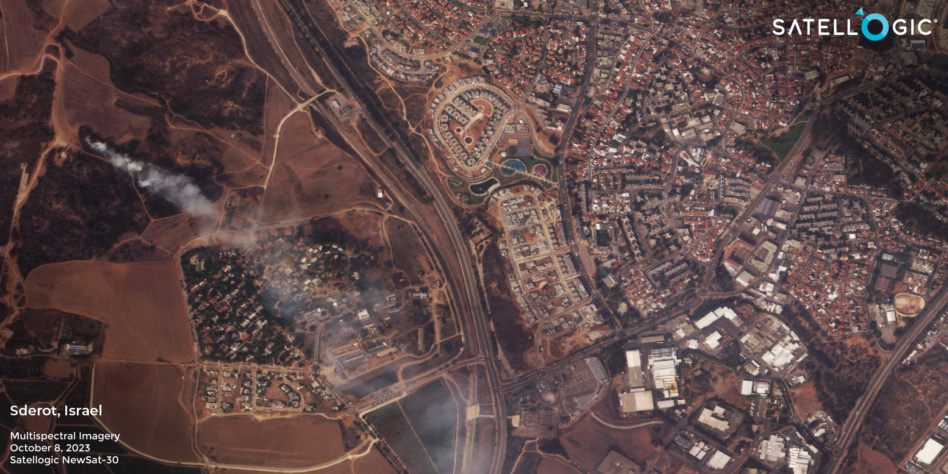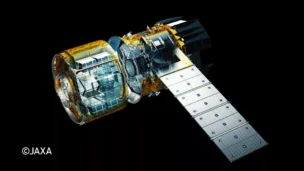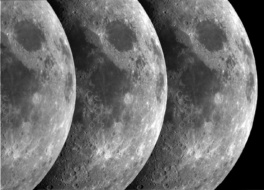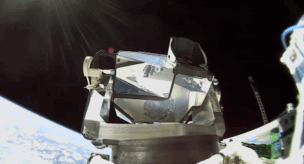As the world watches Hamas’ brutal attack on Israel unfold, American eyes in the sky are limited in what they can show because of a 1997 law.
How we got here: Under the Kyl-Bingaman Amendment (KBA), which passed in the 1997 NDAA, American companies can’t release imagery of Israel that’s at a higher resolution than what’s distributed by non-US companies. For decades, that meant American companies could only disseminate 2m-resolution imagery of Israel.
In July 2020, the Commerce Department found that non-US commercial entities were collecting and distributing higher resolution images, so increased the allowable resolution to 40 cm. More recently in August, NOAA lifted all resolution restrictions—except for over Israel, Joe Morrison, Umbra’s VP of commercial product, told Payload.
“Even if you’re taking imagery of Gaza or Lebanon or Egypt, if a corner of the image includes Israel, we treat that image as if KBA applies to the whole scene,” Morrison said. “There’s absolutely no upside to testing the limits of this thing. Nobody is going to push the limit.”
Compare and contrast: While some images have been released by Planet, Maxar, and Satellogic that are within the 40-cm resolution standard, it’s a stark contrast to the war in Ukraine, where satellite images of tanks assembling along the border flooded the news in the days leading up to the conflict.
“Satellite images over a small, condensed region like Israel and the Gaza Strip present different dynamics than we have seen in a larger, more spread out region like Ukraine and Russia,” a Planet spokesperson told Payload in a statement.
Still, Morrison suggested a less technical reason why imagery may not be as abundant yet.
“It’s hard to release images of active conflict because it’s hard to predict unintended consequences,” he said. “It’s much safer to release data that is a little stale if you release anything at all.”
What’s next: It’s unclear if this conflict will lead to the law being changed.
- If a foreign company published imagery of Israel with 30 cm resolution, for example, American industry could go to NOAA and ask for the standard to be changed again, Morrison said.
- Though it would take action from Congress, Morrison speculated that rules could also end up changing if the law prevented the US from helping allies.
“Everybody wants the most rational outcome,” he said. “KBA is intended to protect the interests of Israel. If it’s not doing that, maybe this event leads to a change.”




